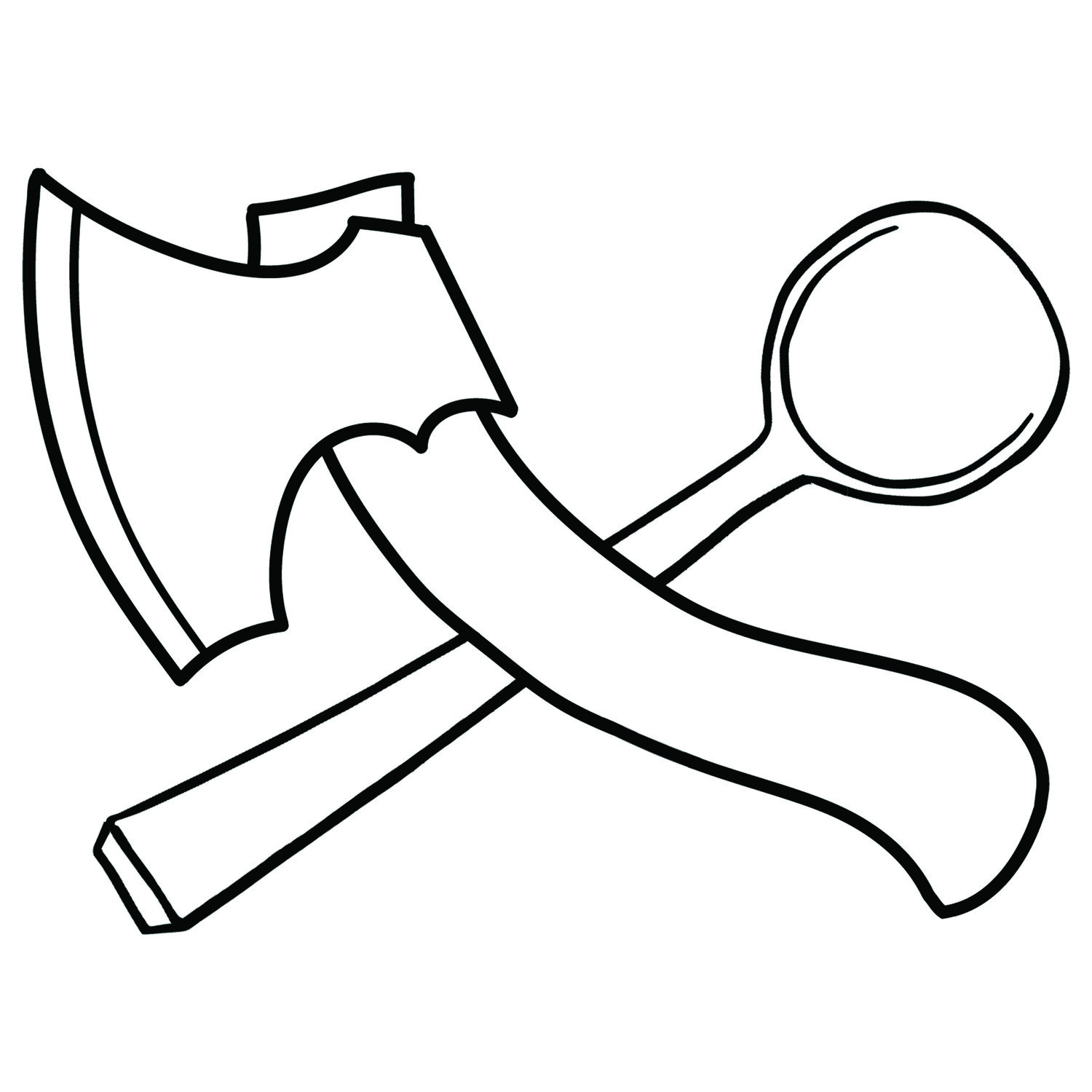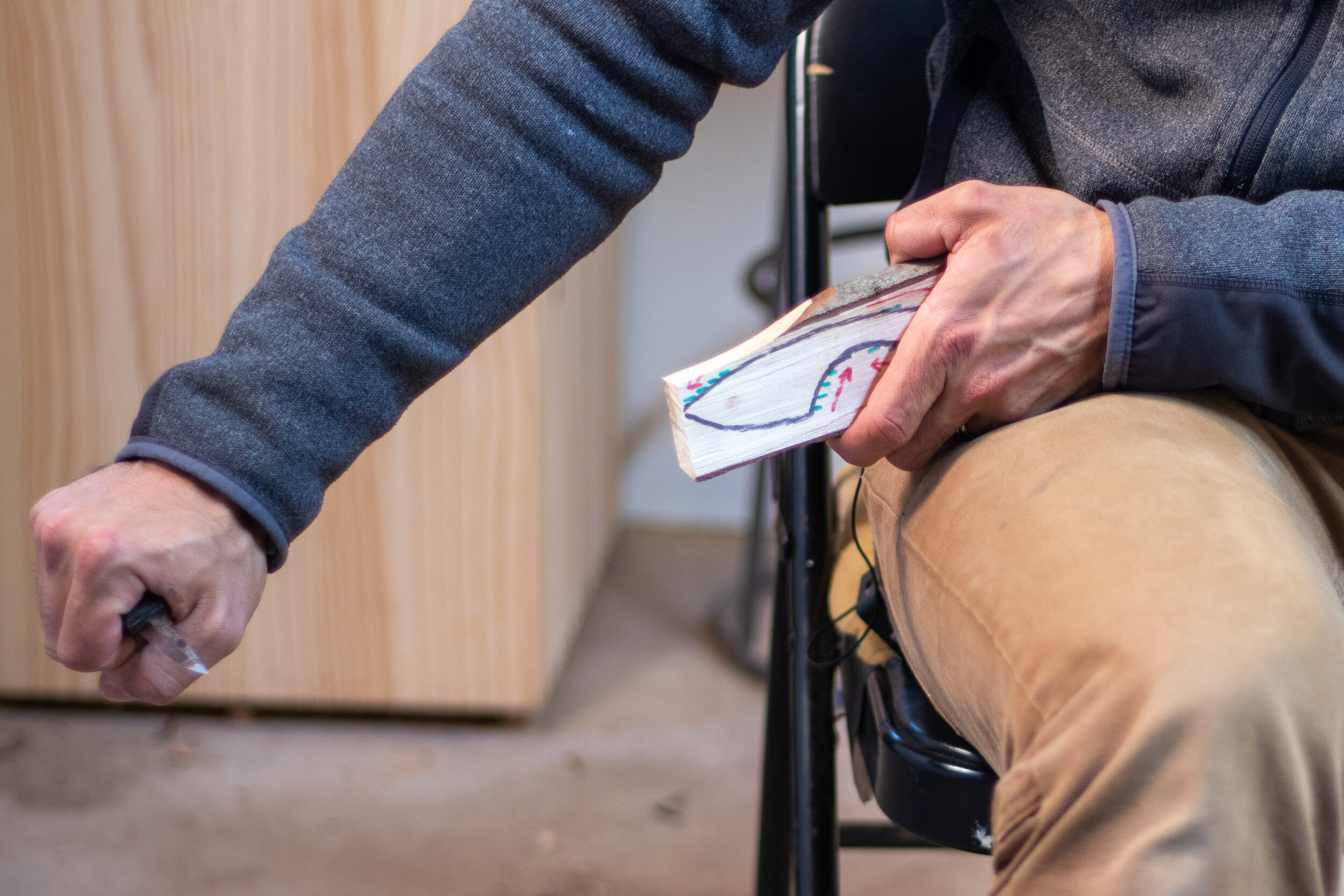Butter Spreaders Are Easily The Perfect Beginner Woodworking Project
If you're interested making things by hand, the humble butter spreader is a great beginner project. It can be done with found material, using tools you probably already own. Once you're done, you'll have something you can use in your own kitchen.
Tools
You should already own a decent knife. If you're looking to buy a tool, the Mora 106 is the most versatile, affordable whittling knife I know of. For a more all-round tool, you can pick up a Mora Basic for less than $10. It's a great odd-job knife you can use camping, gardening and around the house.
It's not entirely necessary, but a saw is the easiest tool to cut wood to length. If you've done any home DIY projects, you've probably got a panel saw lying about. If you like to garden you might have a pruning saw. Even the saw on a multitool will work.
That's about it for tools.
Materials
Pretty much any straight grained, non-toxic tree species will work. I recommend picking something like birch, willow, aspen or silver maple. These woods are soft enough to be easy to carve but tough enough to hold up to use as a butter spreader.
I like using common native species. Getting to know what grows locally, and what you can make out of them is great way to feel more connected to your local environment. It's empowering to walk past a tree, correct ID it and know what it's like under the bark.
All woods are easiest to hand carve when freshly harvested. The high moisture content keeps the wood fibers soft, which also means a lower risk of splinters. You can carve a couple of butter spreaders out of branch wood that's just 2 1/2" thick. It's not hard to prune a branch this size.
Don't have access to trees you can cut branches from? There are lots of ways to find suitable locally sourced materials. You might have luck searching 'free firewood' on sites like Craigslist and Facebook Marketplace. Walking around your neighborhood you can raid brush piles put out for curbside collection. Some cities have dumpsites for brush and garden waste you could pull things out of too. Check what the local laws are and you might be able to harvest wood from local parks and wildlife areas.
The Butter Spreader
A butter spreader needs to spread butter. This gives you a goal to achieve. You need to design the blade so that it can cut and spread butter. The handle needs to be comfortable to hold. The handle and the blade need to relate to each other so that cutting butter and spreading it are both easy to do.
Thinking about the intended function will influence the shape of the spreader. A short butter spreader could live inside a butter dish. A long one will reach the bottom of the peanut butter jar. There are countless ways to achieve butter spreading goodness, with pros and cons to different design choices. In the end, form should follow function.
Once you've got a round of wood cut to length, split it in two. Riven wood is stronger than sawn as the wood fibers will run the full length of the butter spreader. It will also make carving with the grain easier.
You can split the wood by batoning. For this technique it's best to use a fixed blade knife. A folding pocket knife might not be up to the task. Whatever knife you use, make sure you're striking it with something softer than the blade material. A rubber mallet works great. A small log will also get the job done.
Splitting wood is a great way to learn how energy from a tool travels through wood. To split a piece of wood into two even pieces you need an equal amount of mass either side of the split. If the mass is uneven, the split will wander towards the side with less mass. Understanding how to make a split to go where you want is useful woodworking knowledge.
Once you've split the wood, draw your design on the wood. With the design drawn out, you can see where the grain direction is going to be. Look at where the lines of wood grain exit your drawn-on design. Imagine they're steps that you can only walk down. That's the direction the grain will be once you start carving.
Find the arrow that’s pointing in the wrong direction. Comment below!
Looking at the grain will only tell you so much. Once you start carving, you'll soon feel when you're carving against the grain. Being attentive to the feedback you're getting from your tool is an important skill to develop. If you ignore it and continue to carve against the grain, your knife will get between the wood fibers and split off a section. It's tricky to try and reattach that piece.
With hand tools you're both powering and guiding the cut. This gives you a lot of information on what's happening as the tool interacts with the wood. In the same way that a blind person senses the world through the tip of their cane, you'll learn to feel what's happening as the edge of the knife passes through the wood fibers.
Butter spreaders give plenty of opportunities to practice a wide variety of knife grips. Some are great for cutting in a straight line and removing a lot of material. Other grips are delicate and good for carving tight concave curves. Using the appropriate technique will make your carving more efficient and safer.
There's a risk involved in using sharp tools. This is a good thing. Risk helps us focus. If we allow our minds to wander we're more likely to hurt ourselves. There are two things that make a knife grip safe.
The knife will exit the cut into empty space
2. The knife is blocked from coming into contact with anything squishy.
When you're learning, keep these two principles in mind. Practice a knife grip by going through the motion slowly, without carving any wood. Continue the moment as far as it can go. If this brings the knife edge into contact with skin, think about how to adjust your technique to stay safe.
So long as your finished butter spreader doesn't have any pith in it, you don't need to worry about it splitting while drying. The wood might move as it dries. This is another valuable learning opportunity. Understanding how wood moves as it dries is important in woodworking. If your butter spreader twists, bends or cups it's unlikely to have much impact on its function. Understanding this movement will help you with projects where it might become a problem.
Now make some toast and apply your favourite spread. Lord it over your family members or housemates who lack the skills to provide themselves with their own nutella spreading utensils. You can amplify their jealousy by throwing out all the metal butter knives.
If you enjoy the content of this site and find it to be useful, help me to create more useful articles by becoming a Patreon.








